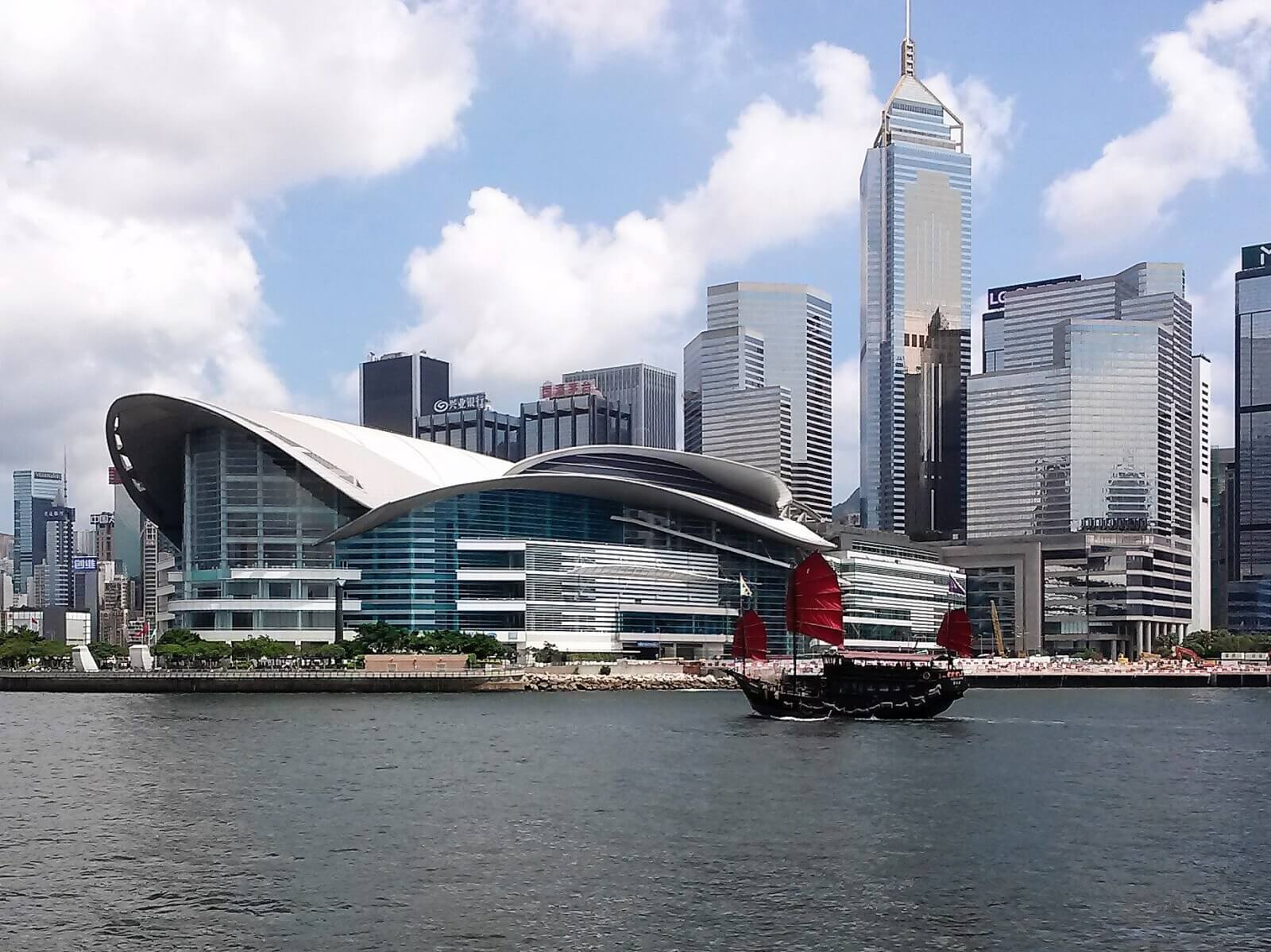Throughout Southeast Asia, a balance needs to be struck – about creating a spectacle of a culture, taking something intrinsically special and converting it into a commercial venture. The challenge is that as places become popular, the feeling of authenticity is preserved and the destination is kept from becoming “mass market” and a victim of its own success.
Halong Bay in Vietnam is one area, which an eye should be kept on. Over the past two years, the bay has seen an influx of boats and this growth is a sure sign of Halong’s continued popularity as a tourist destination. The infrastructure to support the area, including the pier, docks and jetties, also needs to be upgraded. Furthermore, environmental care needs to be taken to keep the waters clear and clean even with the growth of tourism.
Likewise in Cambodia, Angkor Wat is teeming with tourists every day from dawn until dusk, sapping it of the magical ambience that people come to see. With all of this foot traffic, the Apsara authority (and those in charge of monument maintenance) need to take steps now to ensure that Angkor Wat remains standing for future generations.
But, beyond the investment and planning required to keep the region’s natural and man-made treasures viable for tourism, cultural effects have to be accounted for.
The colourful hill tribes of the region have provided ample touring opportunities, in the form of vibrant markets, charming home stays or simple photo opportunities. An unfortunate side effect of their celebrity is that a dramatic shift in their lifestyles is occurring. Their local economies are moving away from agriculture and turning to cottage industries churning out tourist handicrafts.
As regional tourism develops, the traditional facets of their lifestyles are apt to become just decoration and lose their meaning. At what point do minorities stop being authentic country folk, and instead become performers?
As areas get popular, tour operators will be hard pressed to venture further “off -the-beaten-track” to find authentic experiences for their clients. Instead of moving farther afield, a better longer-term solution would be to manage guest expectations while at the same time providing sustainable tourism opportunities for local peoples. Instead of the ubiquitous selling of handicrafts, tour operators can partner with local communities, training them as guides, and help in creating homestay experiences. In Laos, Exotissimo has done so with the Akha people who run tours of the local area around the Kamu Lodge. Beyond creating a living wage, this project has also funded the creation of several schools.


